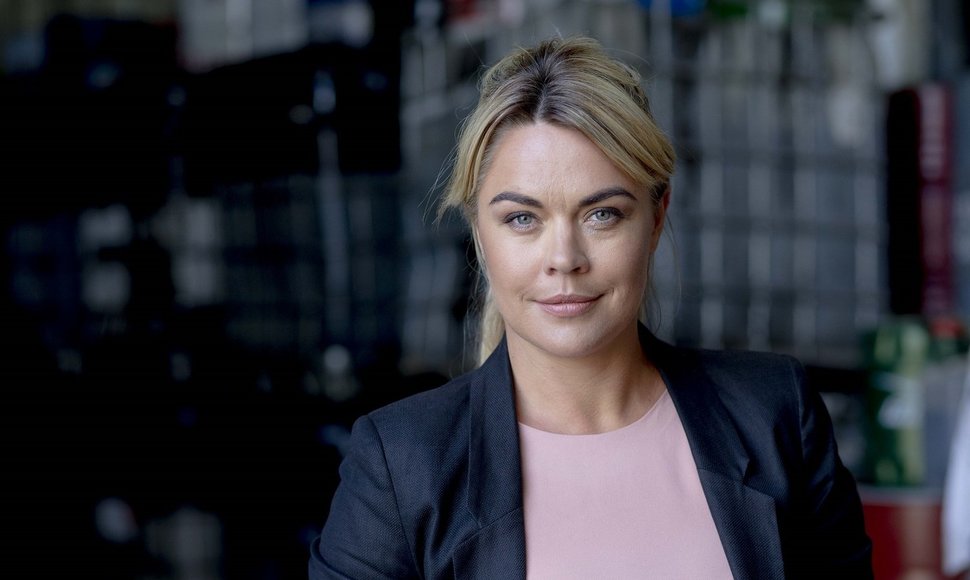“Twenty years ago, the most popular waste was automotive and black, as well as coloured metals, which were in high demand in Europe back then. Looking from a contemporary perspective, we have walked a long road. If we look at waste management in 2020, almost all types of waste are and can be managed, just not all of it is recycled at the moment,” Kristina Kavaliauskienė, the sales director for Žalvaris, one of the country’s largest hazardous and non-hazardous waste management companies.
Currently, every year around 950 thousand tonnes of domestic, 795 thousand tonnes of construction, 596 thousand tonnes of automotive and metal, as well as almost 500 thousand tonnes of various packaging, industrial and textile waste are discarded in Lithuania. However, this is just a few of the fifty waste groups, whose annual discarded quantity exceeds 10 thousand tonnes.
Out of sight, out of mind
The accumulation of various types of waste is due to business and resident’s activities. Over twenty years ago, it may have seemed that waste simply does not exist or it is only one type – domestic waste. However, in fact, there was no legal base to regulate waste or waste management oversight and due to this, waste management was being organized very unevenly. Furthermore, often completely incorrectly.
“Both residents and businesses handled waste as they knew it. Much of it was transported to landfills, some was simply buried directly in the ground, or left lying somewhere, where it was not visible for the human eye on a daily basis. The core principle was “out of sight, out of mind”,” K. Kavaliauskienė says.
The situation began to change at the end of the 20th century, when Waste Management Law and Waste Management Rules were issued. These were the first regulatory laws to indicate codes to types of waste, set management requirements, and responsibility for failing to uphold the requirements.
Entry into the European Union also had a significant impact on waste management. With Lithuania’s accession, it already had waste management regulation, and so responsibility for the management of produced and departing products’ waste was placed on the producers and importers.
“The changes were unambiguously positive. The gathering of waste management statistics was launched country-wide, more understanding about waste emerged in general, as well as more transparency and clarity. Furthermore, regulation for landfills operating in Lithuania emerged – only biodegradable – ‘green’ – materials can be deposited there, and so the total quantity of waste reaching landfills must gradually decrease,” K. Kavaliauskienė states.
The situation improves, but danger remains
According to the Environmental Protection Agency, every year, over five million tonnes of waste are discarded in Lithuania, with around 26 per cent of this being recycled. To compare, in 2001, the amount of discarded waste was over four million tonnes and only 8.5 per cent of it was recycled. While the overall quantity of waste is rising, we sort and recycle three times more nowadays.
“If compared to Latvia and Estonia, we have progressed much further in waste management, we have a larger waste management and recycling infrastructure. Currently, Lithuania has three non-hazardous waste incineration plants operating, while neighbouring Latvia and Estonia only have one each. We also have companies dealing in hazardous automotive waste and even accumulator recycling,” the sales director for Žalvaris emphasises.
The specialist stresses that while we might be a step ahead, we cannot fall asleep– we must continue seeking advanced waste management solutions and keep progressing, raising for ourselves increasingly ambitious environmental goals. She reminds that the amount of waste discarded every year is on the rise, and the greatest danger it poses is pollution. Thus, correct waste management and other environmental conservation questions – air and water pollution, as well as climate change, are among the most important priorities of this era.














